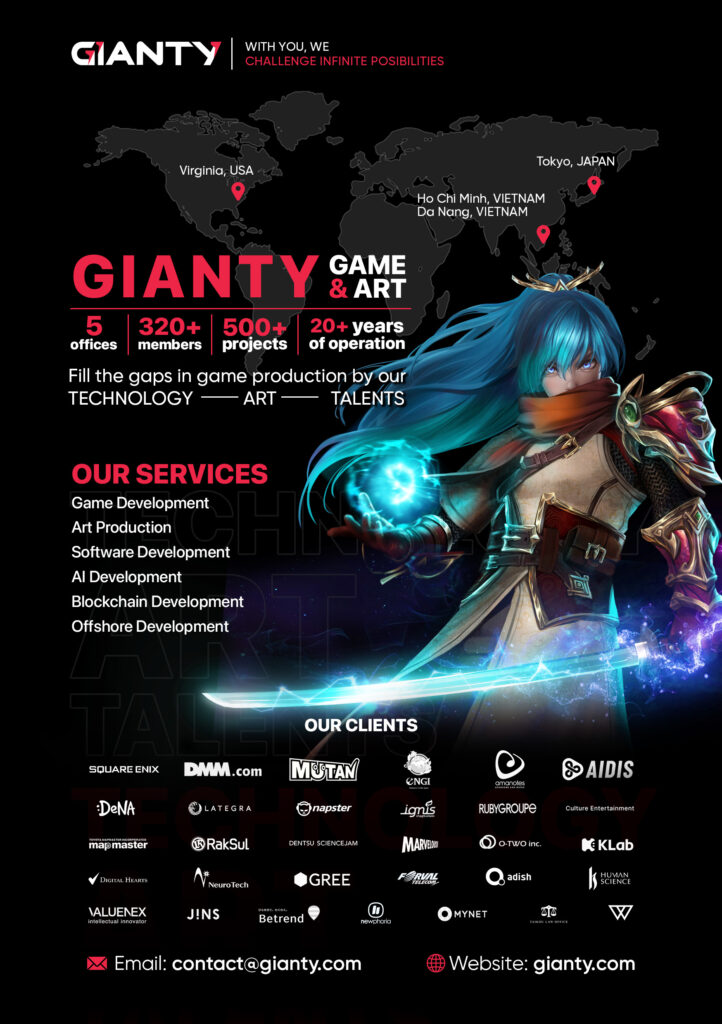Entertainment technology is all about using tech advancements to create, share, and enjoy media. It covers a wide range, from movies and TV to music, video games, and even cutting-edge technology like VR and AR. It’s also getting smarter with AI and 5G, which makes everything faster and better on our phones and gadgets. This isn’t just changing how we make content, but also how we get our hands on it, making everything more personal and interactive.
By 2027, it’s expected to be a $2.6 trillion industry worldwide, thanks to cool developments in streaming, gaming, and interactive technology.
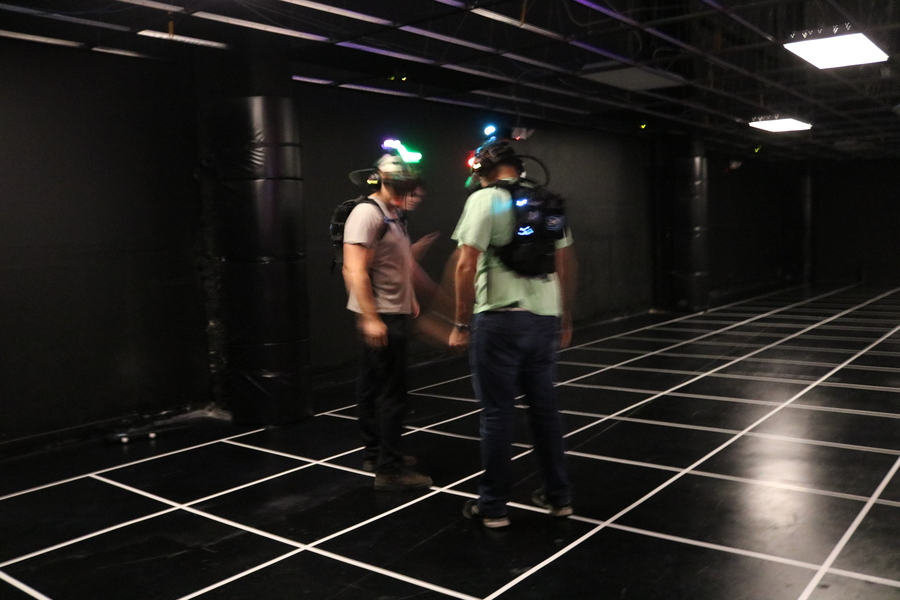
History of Entertainment Technology
The history of entertainment technology is a fascinating journey that reflects the evolution of human creativity and the desire for storytelling. It began in the early 20th century with the advent of radio and cinema, which revolutionized how people consumed entertainment.
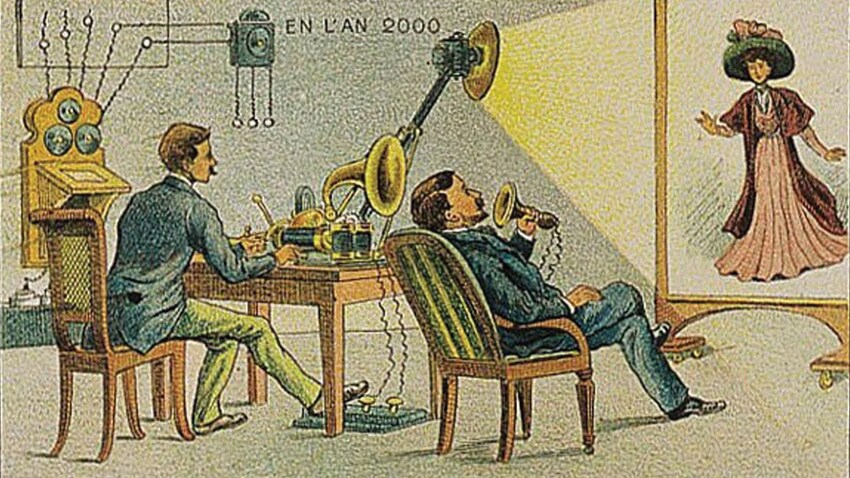
1. Early Developments: From Radio to Television
The first radio broadcasts in the 1920s brought music and news into homes, allowing families to gather around the radio for entertainment.
The introduction of television in the 1950s marked a significant shift, enabling viewers to watch live events and dramas unfold in their living rooms.
By the late 1960s, color television became mainstream, enhancing the viewing experience.
2. The Digital Revolution: The Rise of the Internet and Streaming
The 1990s ushered in the digital revolution, which transformed the entertainment landscape. The emergence of the internet allowed for the creation of platforms that enabled the sharing and streaming of content. The launch of services like YouTube in 2005 democratized content creation, allowing anyone with a camera to become a content producer.
By the late 2000s, the rise of streaming services such as Netflix changed the way viewers consumed media. Netflix transitioned from DVD rentals to streaming in 2007, marking a pivotal moment in entertainment technology. Streaming services had captured nearly 80% of the U.S. television market, underscoring their dominance in the industry.
3. Current Innovations
In recent years, advancements in entertainment technology have continued to accelerate, with innovations in artificial intelligence (AI), virtual reality (VR), and augmented reality (AR) leading the charge. These technologies are not just enhancing user experiences but also changing the way stories are told and experienced.
As entertainment technology continues to evolve, it reflects broader societal changes and technological advancements, paving the way for exciting new possibilities in how we create, share, and enjoy content.
Trends in Entertainment Technology
Impact of AI on Entertainment Technology
Artificial Intelligence (AI) has become a cornerstone of innovation in entertainment technology, significantly altering how content is created, personalized, and consumed.

1. AI in Content Creation: Personalization and Automation
AI algorithms are increasingly used to generate and curate content, allowing creators to tailor experiences to individual preferences.
For instance, platforms like Netflix employ AI to analyze over 1,300 data points per viewer, such as viewing history and ratings, to suggest personalized content. This level of personalization has been shown to increase viewer engagement, with 80% of Netflix users stating that they watch recommended shows.
Beyond curation, AI is also utilized in content creation. Tools like OpenAI’s GPT-3 can assist in writing scripts or generating ideas for shows and movies.
For example, the Netflix film “The Irishman” used AI to de-age actors, demonstrating AI’s role in enhancing storytelling. Additionally, AI-driven animation and video editing software, such as Adobe’s Sensei, streamline production processes, reducing the time and cost associated with creating high-quality content.
2. AI-Driven Content Recommendations and Audience Engagement
The impact of AI extends to audience engagement, where machine learning algorithms analyze vast amounts of data to predict user preferences. This allows streaming services to not only recommend shows but also optimize release schedules based on viewer behavior.
For example, Spotify uses AI to create personalized playlists through its Discover Weekly feature, leading to a 40% increase in user engagement.
Moreover, AI enhances audience engagement through interactive experiences. Virtual assistants and chatbots, such as those implemented by HBO Max, provide viewers with tailored recommendations and can answer questions about show details. This technology has been shown to improve user satisfaction, with surveys indicating that 70% of users appreciate personalized suggestions.
3. Challenges and Ethical Considerations
While AI brings numerous benefits, it also poses challenges. Concerns about data privacy are significant, with 80% of consumers expressing worry over how companies use their personal data.
Additionally, the potential for biased algorithms necessitates careful consideration, as biased AI can lead to homogenized content that fails to reflect diverse perspectives. Content providers must balance the use of AI for personalization with ethical practices to ensure transparency and fairness.
The Role of 5G in Enhancing Entertainment Experiences
The advent of 5G technology is poised to revolutionize entertainment experiences, providing faster speeds, lower latency, and enhanced connectivity.
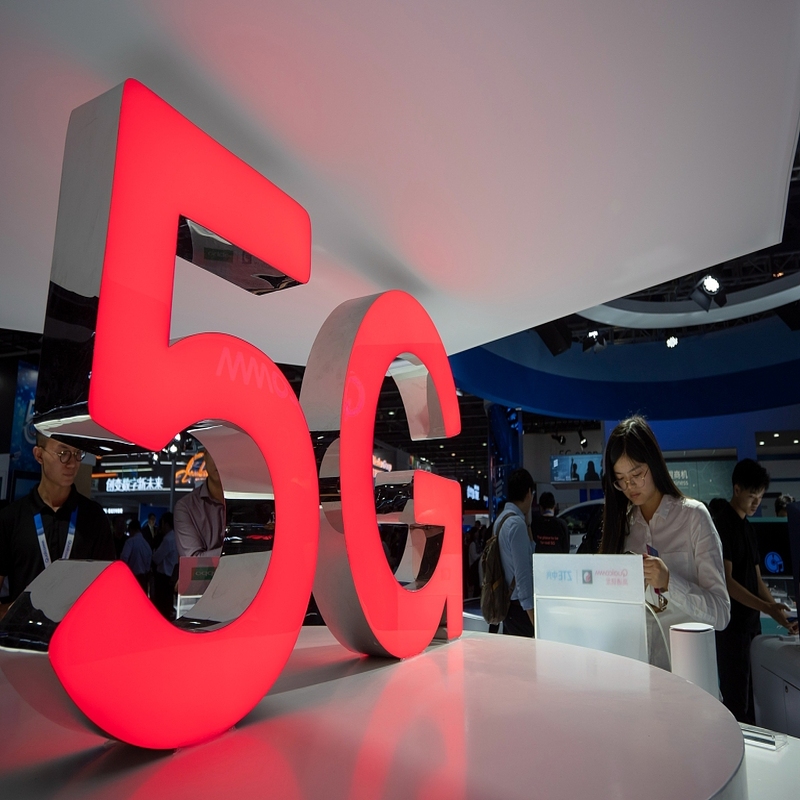
1. 5G and the Future of Streaming
With 5G’s potential to deliver speeds up to 100 times faster than 4G, streaming high-definition content becomes seamless. Viewers can enjoy uninterrupted access to their favorite shows and movies, even in crowded areas where network congestion typically hampers performance.
For instance, Verizon reported that their 5G network can support 4K HDR streaming with minimal buffering. A study by Deloitte found that 65% of consumers are more likely to subscribe to streaming services that offer 5G capabilities, indicating a significant market shift towards faster streaming options.
2. Mobile Gaming and 5G: A New Frontier
The gaming industry is one of the most promising sectors set to benefit from 5G technology.
With reduced latency—potentially under 1 millisecond—5G enables real-time interactions in multiplayer games, crucial for competitive play. Titles like Call of Duty: Mobile have integrated 5G capabilities, allowing players to enjoy smoother gameplay and enhanced graphics.
A report suggests that mobile gaming revenue is expected to exceed $100 billion globally by 2023, driven partly by the enhanced experiences that 5G offers.
Additionally, cloud gaming services like Google Stadia and NVIDIA GeForce Now leverage 5G to provide high-quality gaming experiences on mobile devices. According to a 2020 survey by Newzoo, 73% of gamers expressed interest in cloud gaming, indicating a growing demand for accessible gaming options without the need for powerful hardware.
3. Enhanced Immersive Experiences with AR and VR
5G is a game-changer for augmented reality (AR) and virtual reality (VR) applications, enabling more immersive experiences. High data transfer rates allow for real-time rendering of graphics and smoother interactions, crucial for applications in live events, such as concerts and sports.
For example, AT&T has showcased how 5G can enhance live sports by offering fans AR overlays that provide real-time stats and insights during the game, leading to more interactive viewing experiences.
Furthermore, 5G’s reliability supports the development of social VR platforms, allowing users to interact in virtual environments without lag.
How Virtual Reality is Changing Film and Television
Virtual reality (VR) is rapidly transforming the film and television industry, offering audiences immersive experiences that go beyond traditional viewing methods.

1. Immersive Storytelling: A New Dimension of Narrative
VR allows filmmakers to create immersive stories that place viewers directly in the action. Instead of passively watching a film, audiences can explore environments and interact with characters, leading to a deeper emotional connection with the narrative.
For example, “The Invisible Man” offered a VR experience where users could step into the protagonist’s shoes, enhancing the tension and drama of the story.
However, creating compelling VR narratives presents challenges. Filmmakers must consider factors like motion sickness and user control, as VR experiences can cause discomfort if not designed carefully. Additionally, crafting interactive narratives that maintain viewer engagement without overwhelming them is a complex task.
2. VR in Film Production: Reducing Costs and Enhancing Creativity
In production, VR is changing the way films are made. Filmmakers use VR to visualize scenes and plan shots before actual filming, reducing costs associated with reshoots and improving overall efficiency.
Projects like “The Lion King” (2019) utilized VR technology to help directors and animators visualize environments and characters in a 3D space, enhancing creativity and collaboration.
Despite its benefits, VR in production can require significant investment in technology and training. Smaller production companies may find it challenging to adopt these tools due to high costs, limiting their ability to compete in an increasingly tech-driven industry.
3. Audience Engagement: Creating Community and Connection
VR experiences foster a sense of community among viewers. Platforms like Oculus Venues enable audiences to watch live events—such as concerts and sports—together in a virtual environment, creating a shared experience regardless of physical location.
However, the audience’s access to VR technology is still a barrier. The cost of VR headsets and the need for compatible hardware can limit participation, particularly among casual viewers. Moreover, there can be a steep learning curve for users unfamiliar with VR, which may hinder widespread adoption.
The Rise of Immersive Audio Technologies
Immersive audio technologies are rapidly changing how we experience sound in entertainment, creating more engaging and realistic environments for consumers.
1. Spatial Audio and Its Applications
Spatial audio creates a 3D sound experience that allows listeners to perceive sound from various directions, enhancing immersion in movies, games, and music.
Technologies like Apple’s Spatial Audio use head-tracking capabilities to adjust sound based on the listener’s position, making audio experiences more lifelike.
For instance, films mixed with spatial audio deliver sound that moves around the viewer, creating an enveloping effect. The use of spatial audio in VR environments further heightens immersion, allowing users to hear sounds from specific locations within the virtual space.
According to Geographic Scope and Forecast, the global spatial audio market is expected to reach $29.6 billion by 2031, driven by demand in cinema, gaming, and home entertainment.
2. Dolby Atmos: A Game Changer for Cinematic Audio
Dolby Atmos is revolutionizing cinematic sound by allowing filmmakers to position sounds as individual entities in a three-dimensional space. Unlike traditional surround sound, which channels audio through specific speakers, Dolby Atmos provides a more dynamic sound experience, making it feel like the audience is surrounded by sound.
Major studios are increasingly adopting Dolby Atmos for film releases, enhancing the cinematic experience for viewers.
3. Impact on Music and Live Events
Immersive audio technologies are also making waves in the music industry. Artists are experimenting with spatial audio to create unique listening experiences.
For example, Tidal and Apple Music now offer albums mixed in spatial audio formats, providing fans with a new way to enjoy their favorite music.
Additionally, live events incorporate immersive audio systems to create engaging atmospheres. Concerts utilizing 3D sound technologies enhance audience interaction, making performances more memorable.
Streaming Services and Their Influence on Traditional Media
Streaming services have dramatically altered the entertainment landscape, influencing consumer behavior and reshaping traditional media.
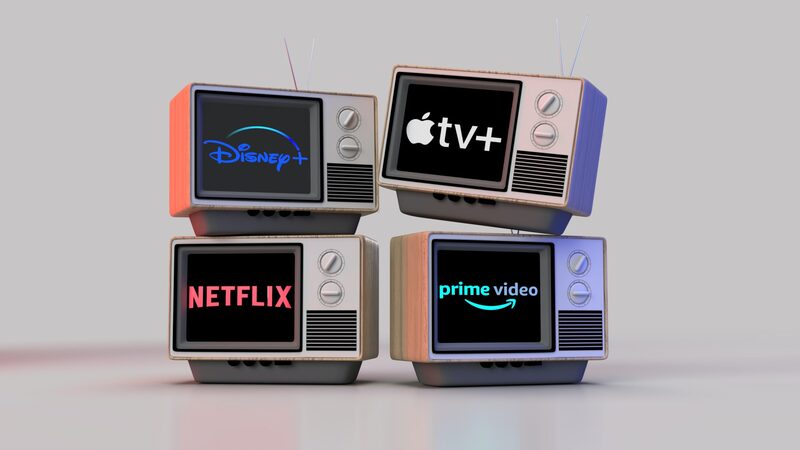
1. The Shift in Consumer Behavior
The rise of streaming services like Netflix, Amazon Prime Video, and Disney+ has changed how audiences consume content. Viewers now favor on-demand access to movies and shows over traditional cable subscriptions.
A 2021 survey by Pew Research found that 61% of U.S. adults subscribe to a streaming service, while only 56% subscribe to cable.
This shift has forced traditional media companies to adapt their business models. Many have launched their streaming platforms to retain viewers, resulting in an increasingly competitive market.
2. Content Production and Distribution
Streaming services have disrupted the traditional content production and distribution model. They invest heavily in original programming to attract subscribers, leading to a surge in high-quality content.
Shows like “Stranger Things” and “The Mandalorian” have redefined storytelling and production standards.
Additionally, streaming platforms enable creators to bypass traditional distribution channels, giving rise to diverse content that may not have received support from conventional networks. This democratization of content creation has led to an increase in representation and storytelling variety.
3. Impact on Box Office and Theatrical Releases
The pandemic accelerated the trend toward digital releases, with studios opting to release films on streaming platforms simultaneously with or instead of theatrical runs.
This has raised questions about the future of cinema and how box office success is measured. While some argue that this approach jeopardizes the theatrical experience, others believe it reflects changing consumer preferences.
A report by McKinsey & Company suggests that the global streaming market could grow to $124 billion by 2025, indicating the continuing dominance of streaming services in the entertainment landscape.
Interactive Media in Entertainment Technology
Interactive media is an integral part of the entertainment technology landscape, offering audiences engaging and participatory experiences. This section explores the various forms of interactive media, including video games, interactive storytelling, and social media integration, and their impact on entertainment.
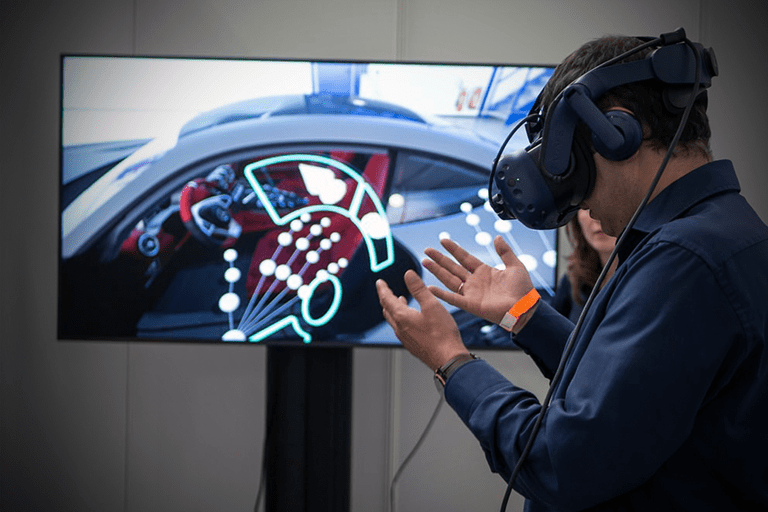
1. The Rise of Video Games as a Form of Entertainment
Video games have evolved into a dominant entertainment medium, surpassing traditional forms like film and music in revenue. The global gaming market is expected to reach $200 billion by 2023, fueled by the rise of mobile gaming and esports. Games such as Fortnite and Among Us have created interactive experiences that foster community and social interaction, attracting millions of players worldwide.
This rise has also influenced other entertainment sectors, leading to cross-platform collaborations and adaptations, such as film and TV adaptations of popular games.
2. Interactive Storytelling: Engaging Audiences in New Ways
Interactive storytelling allows audiences to influence narratives and outcomes, creating a more immersive experience. Platforms like Netflix have experimented with interactive films, such as “Black Mirror: Bandersnatch” allowing viewers to make choices that affect the storyline.
This shift not only enhances viewer engagement but also encourages rewatchability, as audiences may explore different paths and outcomes.
3. Social Media Integration in Entertainment
Social media platforms are becoming essential for promoting interactive content and fostering community engagement.
Entertainment companies use platforms like Instagram, Twitter, and TikTok to create buzz around new releases, share behind-the-scenes content, and engage with fans. Interactive features, such as polls and challenges, further enhance audience participation.
Brands are also leveraging social media for targeted advertising, using data analytics to deliver personalized content and recommendations to users. This integration has reshaped how audiences discover and engage with entertainment.
The Future of Augmented Reality in Entertainment
Augmented reality (AR) is poised to become a significant player in the entertainment industry, enhancing how audiences experience and interact with content.

1. Transforming Live Events with Augmented Reality
AR has the potential to enhance live events by providing interactive experiences that engage audiences in real time.
For example, concerts can incorporate AR elements, allowing fans to view digital overlays with real-time information, visuals, and effects during performances. This can create a unique and immersive atmosphere, blurring the lines between physical and digital experiences.
Additionally, sports events can benefit from AR by providing viewers with enhanced statistics and information overlays during games.
Companies like Snap and Niantic are already experimenting with AR experiences at live events, attracting tech-savvy audiences looking for novel ways to engage.
2. AR in Gaming: Merging Reality and Fantasy
The gaming industry is one of the primary sectors where AR is making significant strides.
Games like Pokémon GO have demonstrated the potential of AR to create engaging experiences that encourage players to explore their real-world surroundings. This blend of physical and digital gameplay offers a unique approach to gaming, appealing to a broad audience.
Future AR games may leverage advancements in technology, such as 5G and AI, to create even more interactive and immersive experiences. The integration of AR into gaming is expected to grow, with the global AR gaming market projected to reach $43.34 billion by 2031.
3. Challenges in AR Adoption
Despite its potential, AR faces challenges in widespread adoption.
Issues such as the cost of AR hardware, the need for high-quality content, and the development of user-friendly interfaces can hinder its growth. Additionally, privacy concerns regarding data collection and usage in AR applications may deter users from fully embracing the technology.
However, as AR technology continues to evolve and become more accessible, it has the potential to reshape the entertainment landscape, offering audiences new ways to experience and interact with their favorite content.
——
GIANTY is where you can leverage the power of Entertainment Technologies in game development, art production, and software development.
With 24 years of leadership in Entertainment Tech, GIANTY excels in game development and anime production. Guided by our Japanese headquarters and powered by a dynamic tech and art hub in Vietnam, GIANTY serves as a global bridge — connecting Japan’s creative excellence to the rest of the world and beyond.
